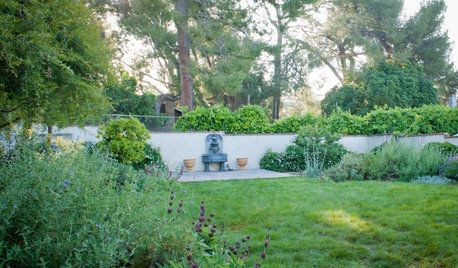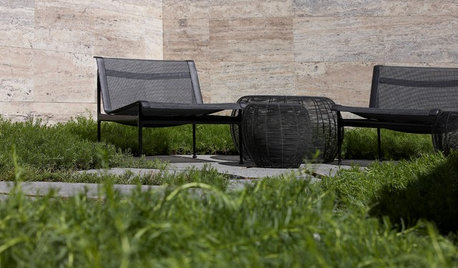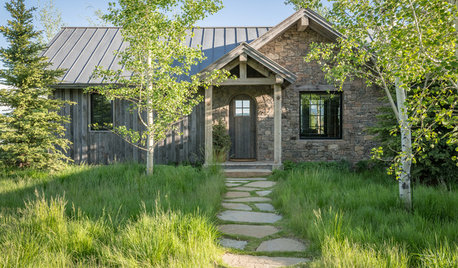'Ecology Lawn' as an alternative?
Bevo
21 years ago
Featured Answer
Sort by:Oldest
Comments (17)
john_mo
21 years agofroggy
21 years agoRelated Professionals
Brooklyn Center Landscape Architects & Landscape Designers · Bowie Landscape Contractors · Fort Atkinson Landscape Contractors · Fort Mill Landscape Contractors · Lakewood Landscape Contractors · Medford Landscape Contractors · Pomona Landscape Contractors · West Haverstraw Landscape Contractors · Westford Landscape Contractors · York Landscape Contractors · Vadnais Heights Landscape Contractors · Welby Decks, Patios & Outdoor Enclosures · Jeffersonville Decks, Patios & Outdoor Enclosures · Overland Park Decks, Patios & Outdoor Enclosures · Tomball Decks, Patios & Outdoor Enclosuresken_mce
21 years agomobius
20 years agorayallen
20 years agomobius
20 years agofionasol
20 years agoGrndskpr_Wenthe
20 years agothatbiologygirl
20 years agojoepyeweed
19 years agolycopus
19 years agolisakoin
15 years agosakmeht
14 years agonil13
14 years agoJessica Troy
8 years agowisconsitom
8 years ago
Related Stories

FRONT YARD IDEASInspiring Alternatives to the Traditional Lawn
Consider the many attractive and ecologically friendly alternatives to turfgrass
Full Story
MOST POPULARMeet a Lawn Alternative That Works Wonders
Carex can replace turfgrass in any spot, is low maintenance and adjusts easily. Add its good looks and you’ve got a ground cover winner
Full Story
LANDSCAPE DESIGN7 Low-Maintenance Lawn Alternatives
Turf isn't the only ground cover in town. Get a lush no-grass lawn with clover, moss and other easy-care plants
Full Story
FLOWERS AND PLANTSMyoporum Parvifolium a Lush Green Alternative to the Lawn
Plant this Australian native in mild-winter climates as a low-maintenance, semi-drought-tolerant ground cover
Full Story
GARDENING GUIDES8 Sustainable, Organic Practices for Greener Lawn Care
Ditch the pesticides and fertilizers and adopt eco-friendly practices that will keep your lawn lush and healthy
Full Story
EARTH DAYThe Case for Losing the Traditional Lawn
Work less, help the environment and foster connections by just saying no to typical turf
Full Story
BEFORE AND AFTERSSee 6 Yards Transformed by Losing Their Lawns
Wondering whether a turf lawn is the best use of your outdoor space? These homeowners did, and they found creative alternatives
Full Story
GREAT HOME PROJECTSHow to Replace Your Lawn With a Garden
New project for a new year: Lose the turfgrass for energy savings, wildlife friendliness and lower maintenance
Full Story
LANDSCAPE DESIGN15 Great Ideas for a Lawn-Free Yard
End the turf war for good with hardscaping, native grasses and ground covers that save water and are easier to maintain
Full Story
LAWN ALTERNATIVESStop Fighting the Patchy Lawn!
Here are 3 situations where a garden may be a better idea than more turfgrass
Full StorySponsored






OSU_Holticulturist